
An oncoming mineral shortage may derail our green future
Clean tech like EVs and wind power require a lot of rare earth and minerals. We may not have enough to support our long-term clean energy goals.
Published:
Updated:
Related Articles
-

-
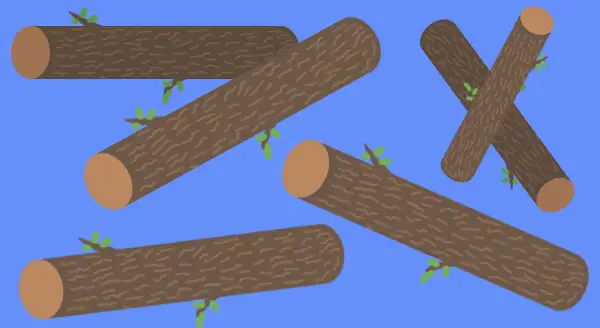
Timber! Lumber prices are falling hard
-
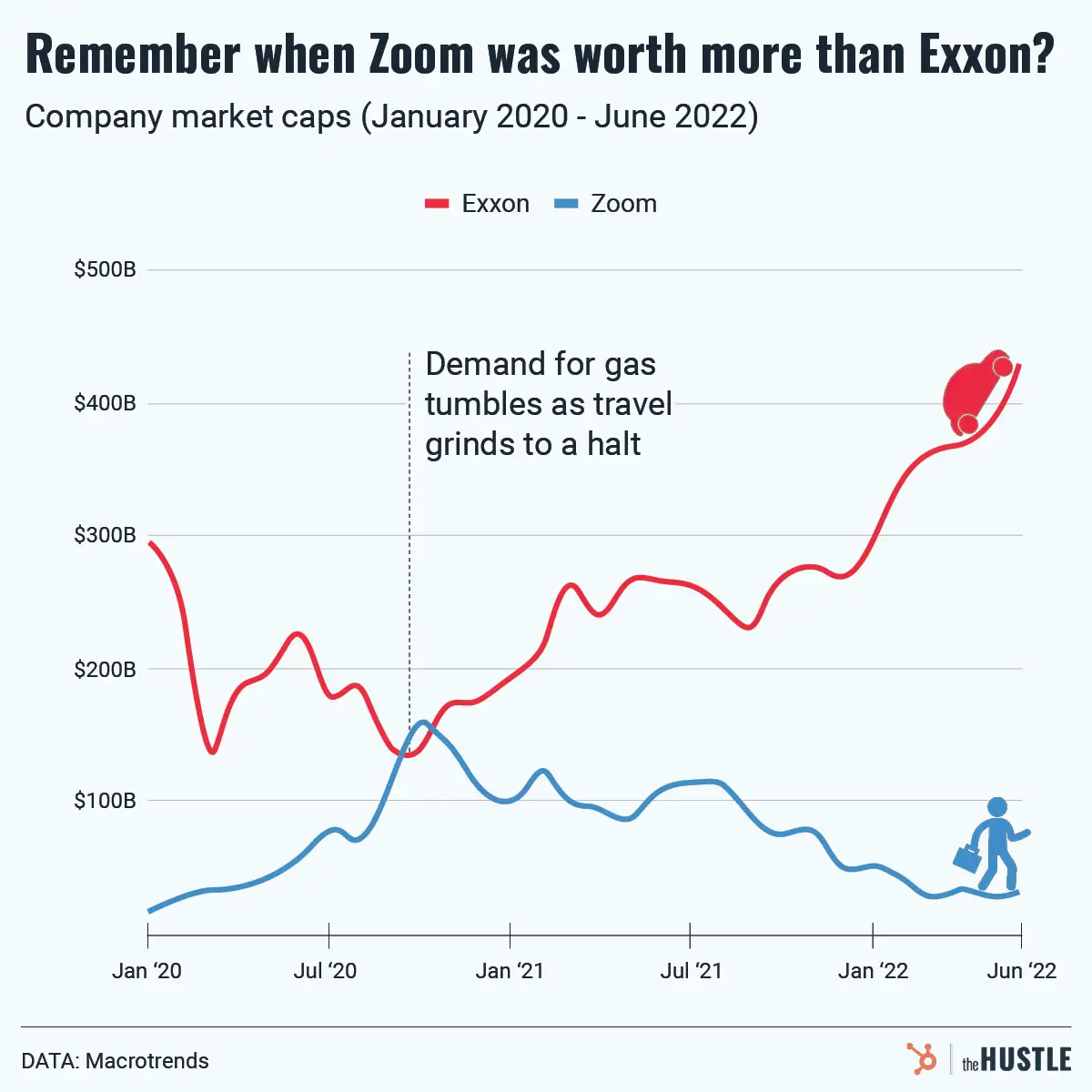
The news around gas prices, explained
-
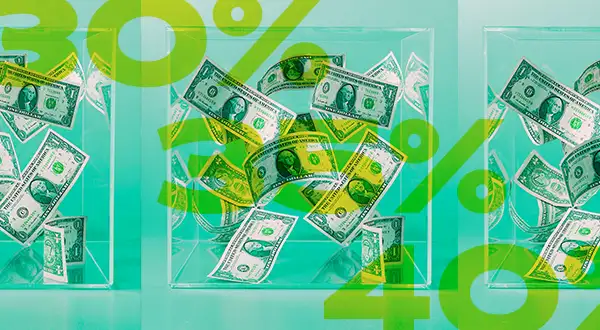
Have we reached peak tipping?
-
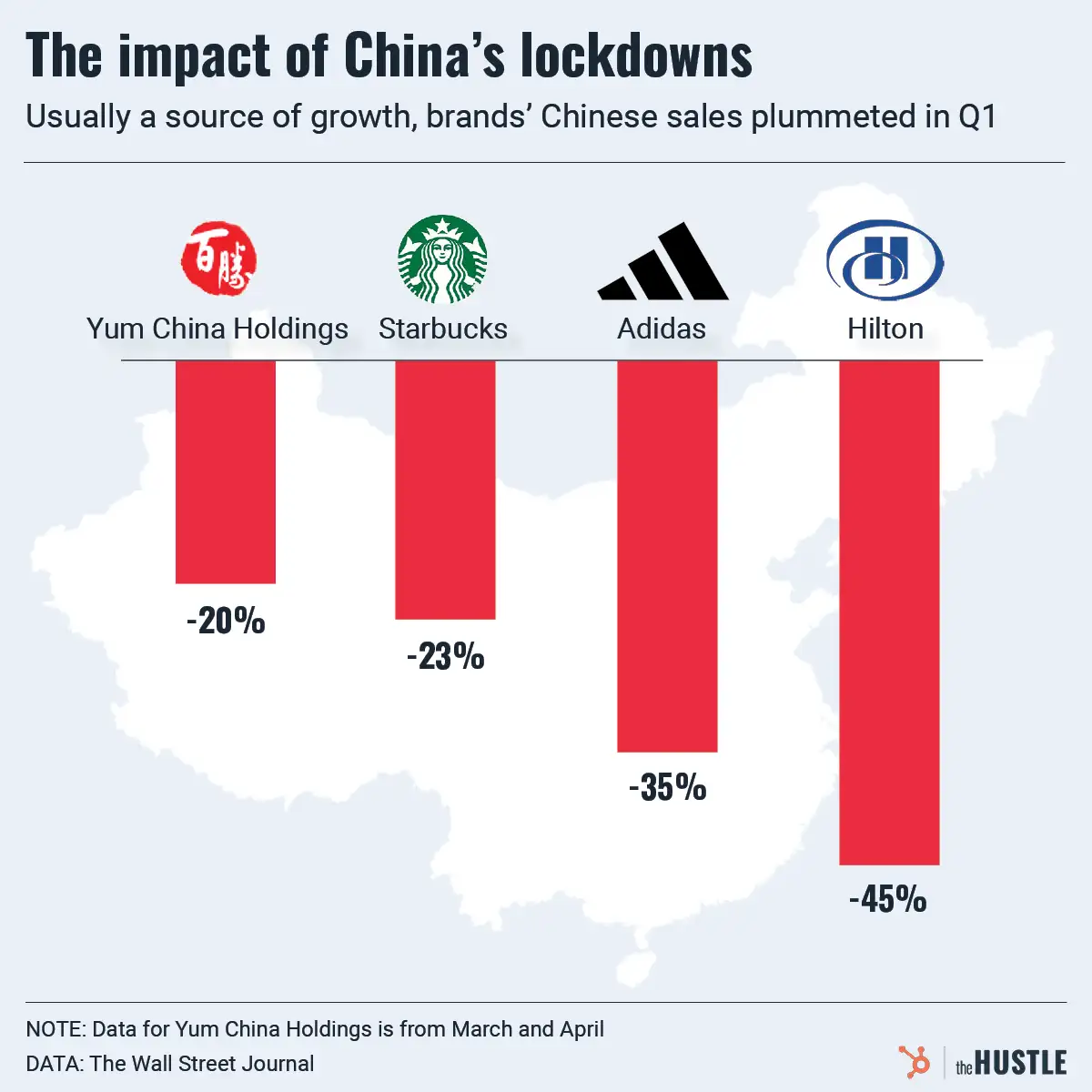
What’s happening in China?
-
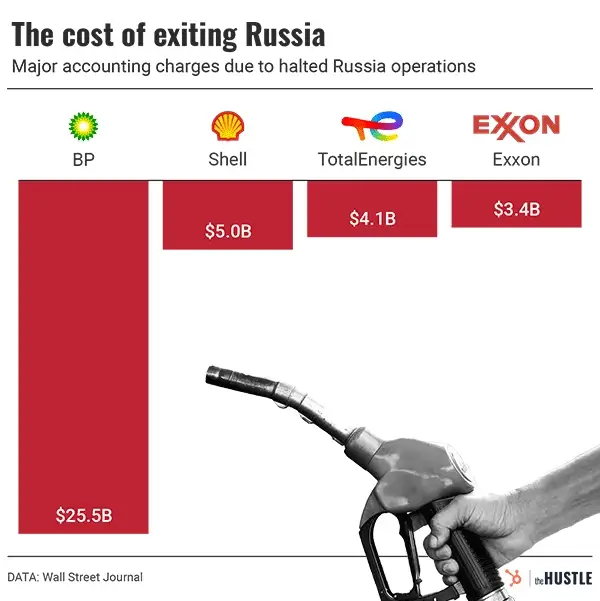
Backing out of Russia is costing oil companies billions
-

Flight execs are ready for mask mandates to end
-

What the heck is ‘goblin mode’?
-
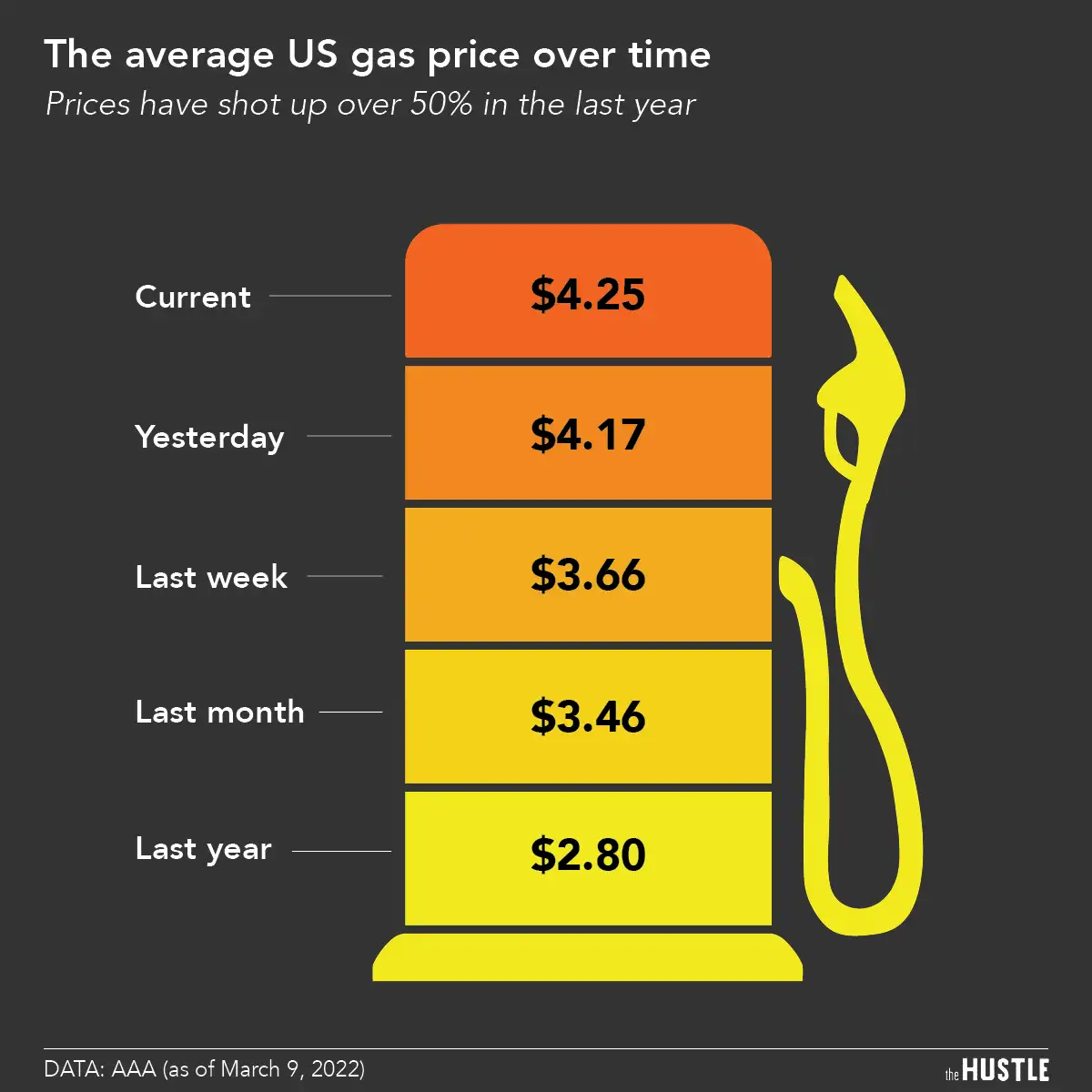
Why are gas prices skyrocketing?
-
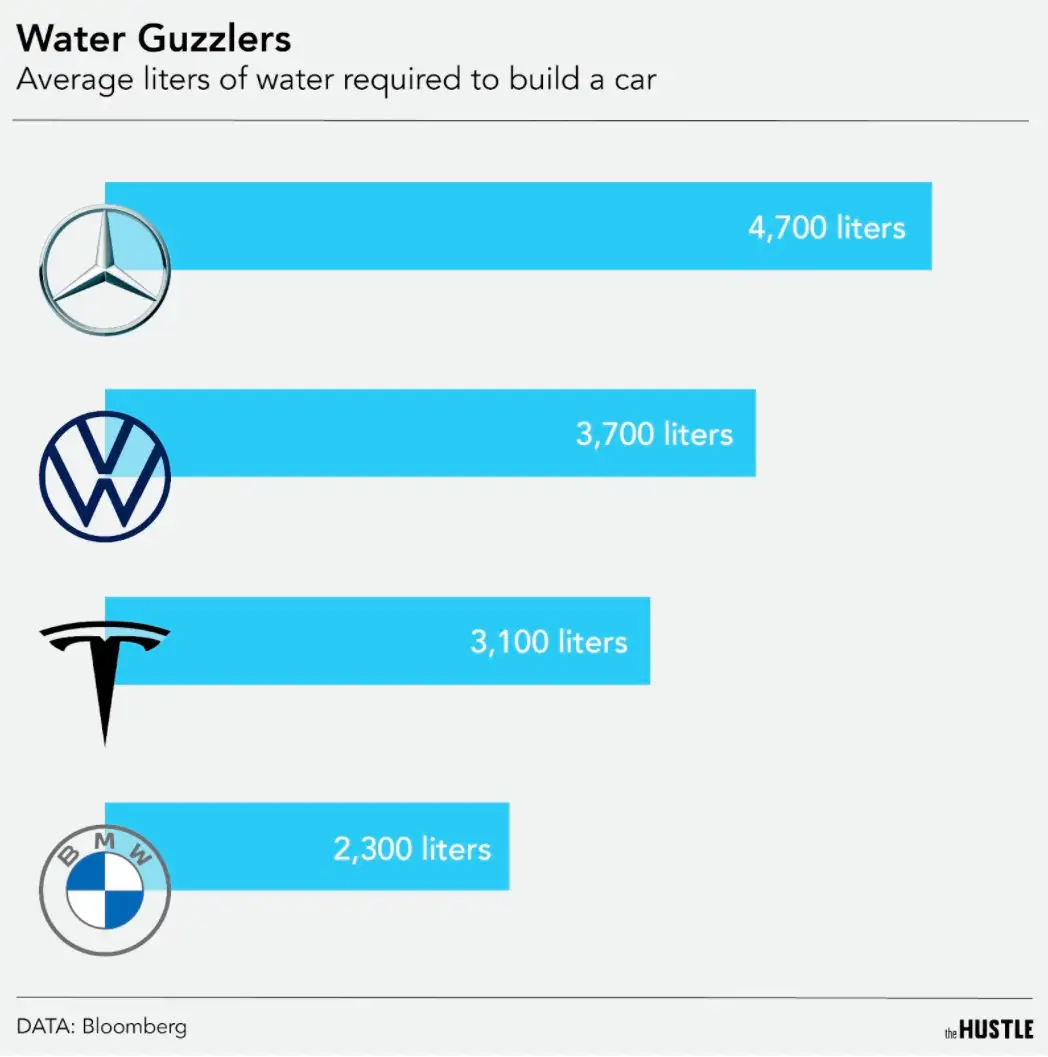
Tesla’s water problem

